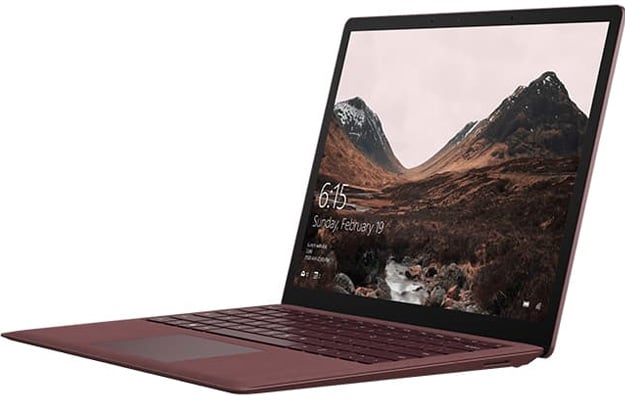Windows 10 S Permanently Forces Edge As Your Default Browser And Bing For Search

Back when Windows 10 was still being talked about and had not yet launched, there was a fear that Microsoft was leading users into a walled garden, a fear that actually started with Windows 8. Things have not played out that way, though a hint of what that world might have looked like can be seen in Windows 10 S, a new version of Windows that is set to compete with Chrome OS in the education market. One of the restrictions in Windows 10 S is that Microsoft's own Edge browser is the default vehicle for surfing the web, and there is no way to change that.
Likewise users are restricted to installing apps from the Windows Store, unlike regular versions of Windows 10 where users are free to install compatible apps from any source. And yes, third-party browsers exist in the Windows Store, which Windows 10 S users are free to install. But no matter which browser a person installs and prefers to use, links will always point to Edge by default.
Microsoft confirmed the limitation in its Windows 10 S FAQ. Here is what it says:
Are there any defaults that I cannot change on my Windows 10 PC?As you might have guessed, the default search provider Microsoft alludes to is Bing. What this means is that Windows 10 S users who click on a link from another app or email will be pushed to Edge, even if another browser is installed. And when they look something up on the web through Edge, they'll be present with search results from Bing.
Yes, Microsoft Edge is the default web browser on Microsoft 10 S. You are able to download another browser that might be available from the Windows Store, but Microsoft Edge will remain the default if, for example, you open an .htm file. Additionally, the default search provider in Microsoft Edge and Internet Explorer cannot be changed.

The most popular third-party browsers are Google Chrome and Mozilla Firefox, neither of which are available in the Windows Store anyway. However, if Google or Mozilla had any intention of bringing their respective browsers to the Windows Store, this limitation on Windows 10 S might sway them to think twice, as they would be fighting an uphill battle.
We can't imagine this will be a popular decision. The numbers suggest otherwise—according to NetMarketShare, Chrome is by far the most popular browser on the desktop with 59 percent of all systems using it, versus 11.8 percent that run Firefox and 5.62 percent turning to Edge. StatCounter's data tells the same story, just with slightly different numbers. It has Chrome out in front with a 53.68 percent share of the market, versus 6.3 percent for Firefox and just 1.71 percent for Edge.
To put this another way, one of the world's least popular browsers is the permanent default in Windows 10 S.

